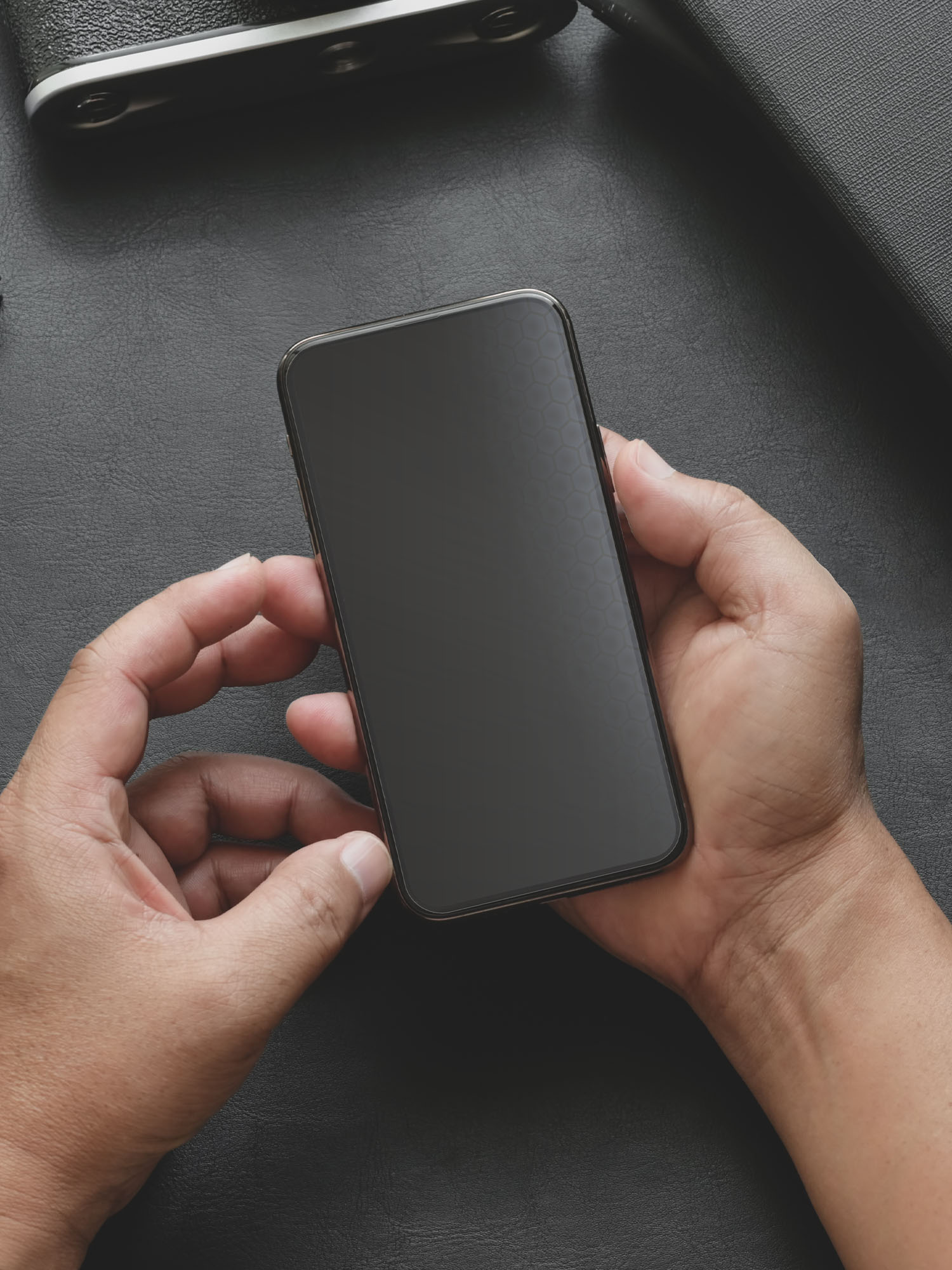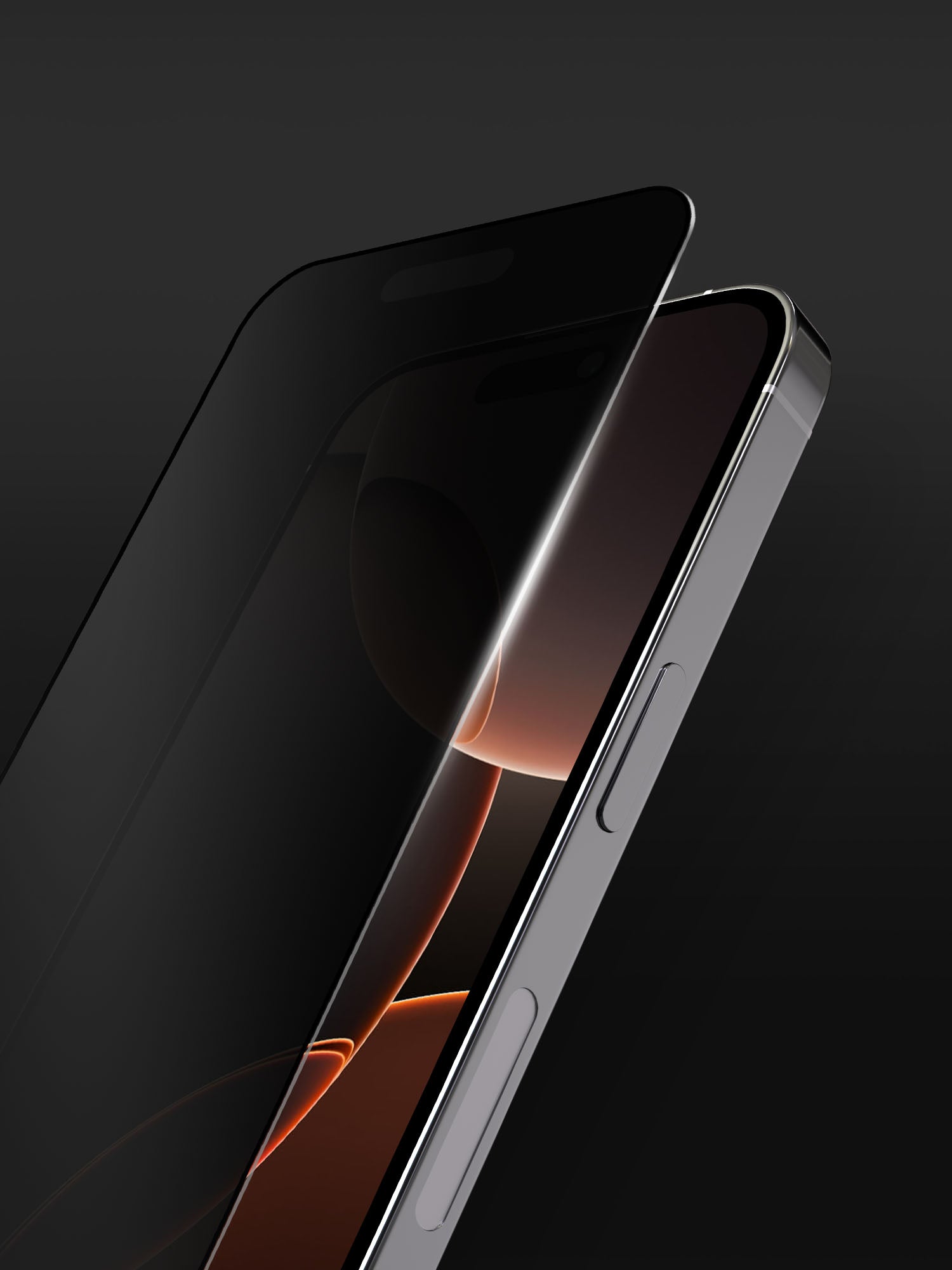Jan 18, 2022
Cinematic mode is Apple’s attempt to make the iPhone, and the average iPhone user, capable of shooting professional-style film video. The feature utilizes the new A15 Bionic chipset and advanced software algorithms to deliver dynamic changes to the automatic focus and depth-of-field. You can now shoot and edit your videos to create a more immersive point-of-view.
Unlike memory storage, refresh rate and even battery life, cinematic mode is a feature that depends more on the user experience than raw capacity. In other words, more than the technical specifications, you need to know how to use this feature to be impressed with the results.
Basic Tutorials for Cinematic Mode
When people get their new iPhones, one of the first things they tend to do is play with the newest, headline-grabbing features. Available for the entire iPhone 13 series, Cinematic mode is definitely at or near the top of the list.
You can always just play around with the buttons and settings if you prefer the self-taught experience, but Apple does provide basic instructions to improve your learning curve. In fact, you can get a tutorial in both filming with Cinematic mode and editing footage after-the-fact.
What the Experts Say About iPhone Cinematic Mode
Not satisfied by simply playing around with the new iPhone 13 and its Cinematic mode, we reached out to a professional filmmaker. Brandon Young has been a film director and commercial videographer for over four years, including work for Adobe, Nike, and Engel & Völkers. We asked him what he thought of Apple’s new Cinematic mode. Two things in particular stood out: 1) He no longer gets out his DSLR camera to shoot home videos. 2) He dropped his phone while trying to show us what his Cinematic Mode videos looked like.
So, yes, you can suddenly shoot awesome videos even when all you really know how to do is point and shoot. However, you should also expect those awesome videos to increase the frequency with which you drop your phone. Here’s what else Young had to say, “Especially if you’re just capturing a home video, it’s super easy to use. You get that little blur effect and it looks so good, it’s crazy. I would purchase this phone just for that.”
iPhone Cinematic Mode Features and Limitations
• A Nice Combination of Automation and User Control: Apple isn’t kidding about the automation and machine learning in this new feature. The new iPhone can automatically change the focus when a new subject enters the scene, even anticipating the exact moment when this will happen by using the camera’s ultra-wide lens. When there are multiple subjects in the scene, the software can predict which of the subjects to focus on. Of course, it’s far from perfect, especially if the scene has an unusual composition or point of interest. For this, you can still easily touch the screen display to manually change the focus.
• Post-Production Video Editing: Yes, amazing home videos can be made with a point-and-shoot mentality, but another way Cinematic mode allows for manual user control is with changes to the focus and depth-of-field after the video has already been shot. Feel like the Cinematic mode makes the scene over-stylized? You can remove the setting and effects in the editing process. Not happy with the quality of the bokeh created during the initial shoot? You can edit the depth-of-field to modify the blurred bokeh effect rendered in the foreground or background of the shot. Better yet, popular video editing apps including iMovie, Clips, and Final Cut Pro X will also support Cinematic mode’s video editing features.
• 1080p vs 4K Film Footage: One limitation of the iPhone Cinematic mode is that it can only shoot 1080p film. Depending on who you ask, this is hardly a limitation. Even for filmmakers, 4K is rarely a must-have. 1080p provides a ton of definition and many filmmakers still prefer the effect of grainy footage. While there are some niche film festivals that only accept 4K films and others that prohibit 4K, most festivals now accept both 4K and 1080p submissions.
iPhone 13 Case Designs and Phone Mounts
Many aspects of shooting video haven’t changed. You still need a firm, comfortable grip on your iPhone 13 to minimize drops and to train the video camera for longer periods of time without introducing hand cramps and chronic pain. If you plan on taking more videos with the new iPhone than you have in the past, now is not the time to go with a cheap case that provides only basic protection, a bulky grip, and unresponsive buttons. BodyGuardz new lineup of cases have a higher drop rating and better ergonomic design than ever before.
The tricky aspects of amateur filmmaking include the limitations of shaky, handheld video and camera mounts with limited movement and panning shots. Even if you don’t have the budget or expertise to create a camera track for a mobile but completely stable video shot, you can still create amazing film with a combination of handheld shots and iPhone mounts. If you don’t already have one, you can check out reviews for the best tripods, mounts, and stands from the NYTimes Wirecutter, Expert Reviews, and Clever Sequence.
The combination of handheld and mounted shots also demonstrates the importance of your iPhone case and BodyGuardz pocket friendly design. The slim profile means the iPhone will fit on practically any phone mount. The easy-grip edges make for quick and reliable transitions between handheld and mounted shots. Choose one of our premium cases with a 12-ft drop rating and rigid backplate to eliminate any anxiety about dropping and damaging the phone during a video shoot.
The Verdict: Is the iPhone 13 Cinematic Mode a Game Changer?
Just as the results of video created with Cinematic mode depend on the user experience, the appeal of this feature will depend, to a large extent, on the user themselves. It’s absolutely a game changer for people who see the iPhone 13 as an excuse to take their cinematography to the next level. It may be an appealing but peripheral benefit for people who like to take home videos but have no serious passion for filmmaking. Meanwhile, people who rarely, if ever, shoot video with their phones may never use Cinematic mode, even if they like the iPhone 13 for its bigger battery, storage capacity, variable refresh rate, and brighter Super Retina XDR display.
Still not sure if the iPhone 13 is worth the price? Anytime you’re in the market for a new smartphone is an opportunity to take a moment and ask yourself: How do I use my current smartphone and how do I plan on using my next one? For more help, check out our general iPhone buying guide for new and older models.












Leave a comment
This site is protected by hCaptcha and the hCaptcha Privacy Policy and Terms of Service apply.